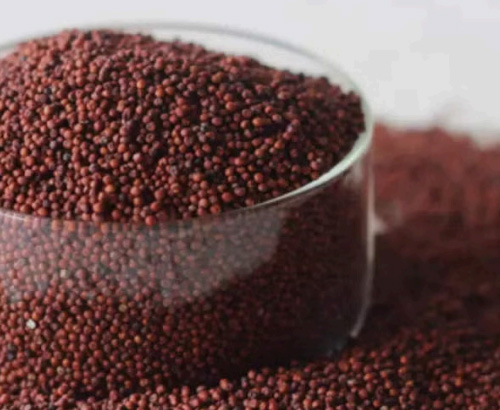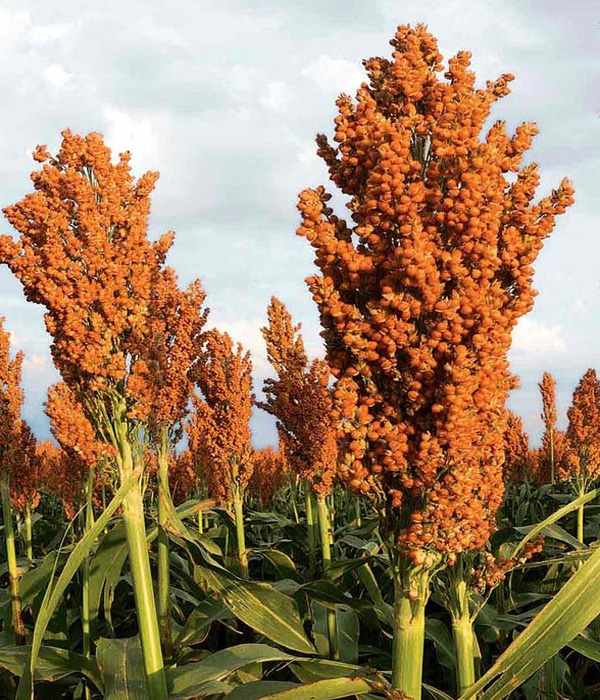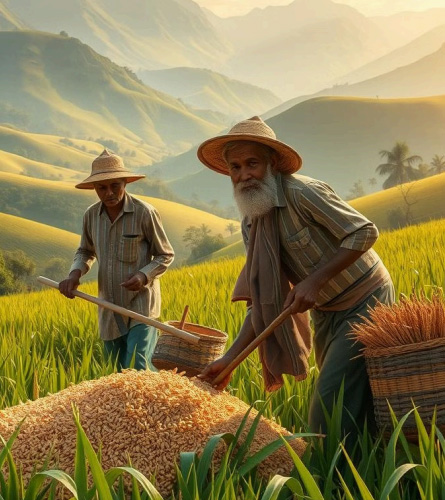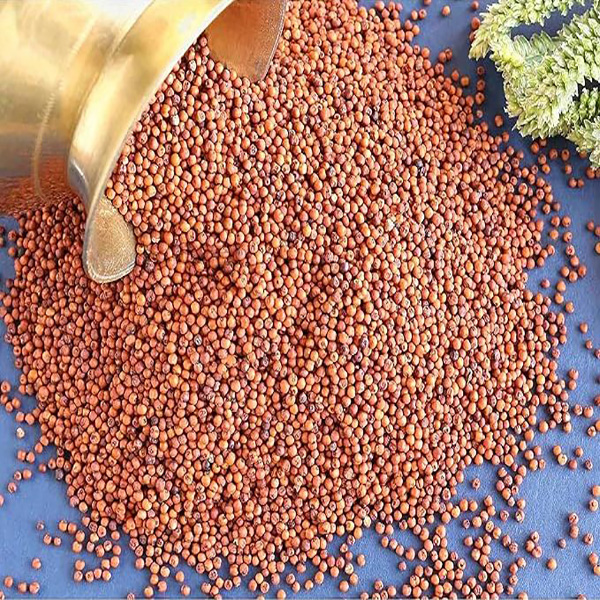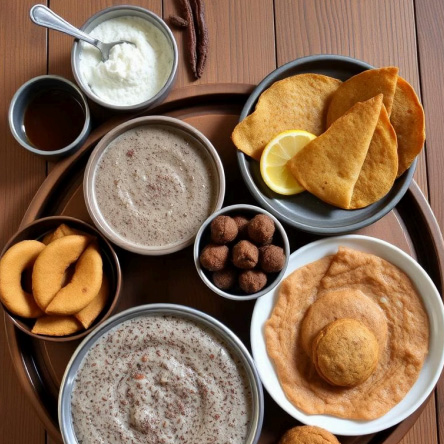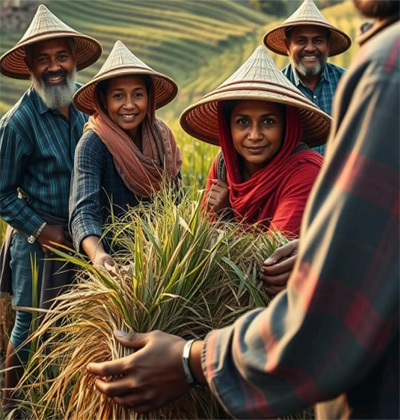The Wonders of Ragi: A Superfood Rediscovered
Ragi, also known as finger millet, is an ancient grain that has been a staple in many traditional cultures for centuries. Packed with essential nutrients, ragi is experiencing a resurgence as a modern superfood that offers a wealth of health benefits.
